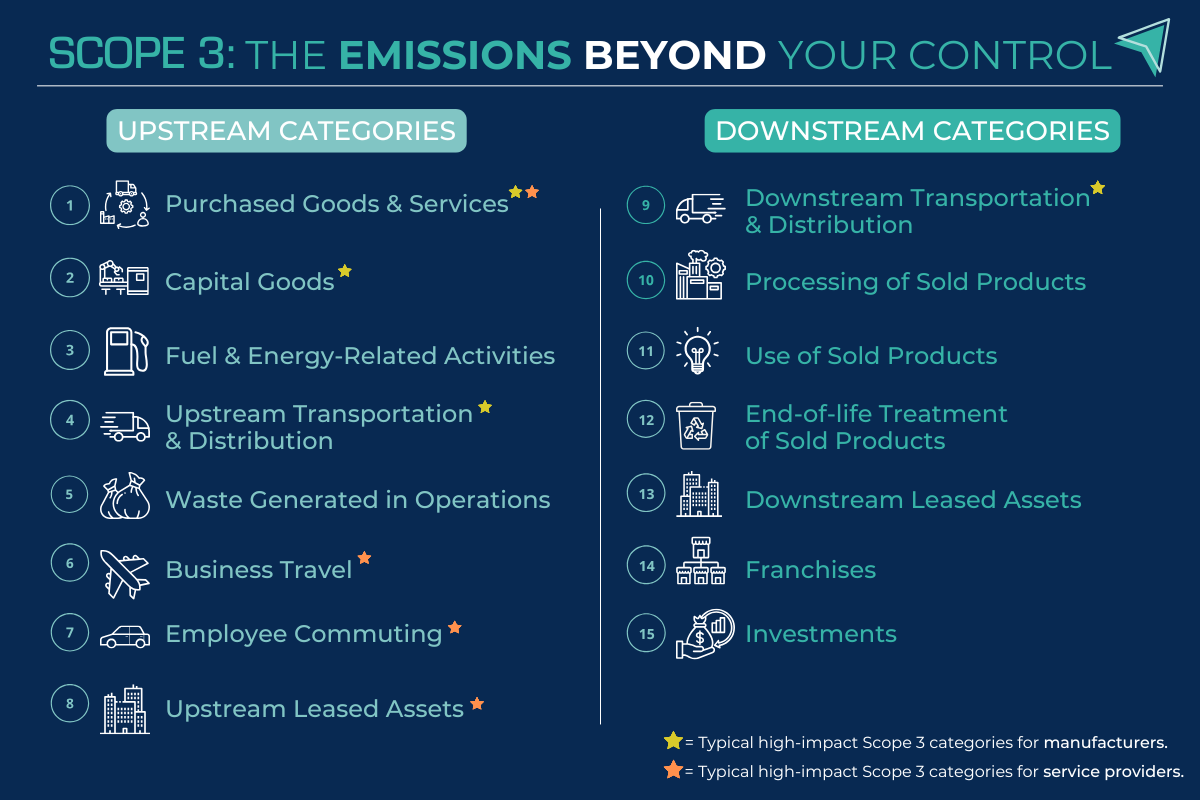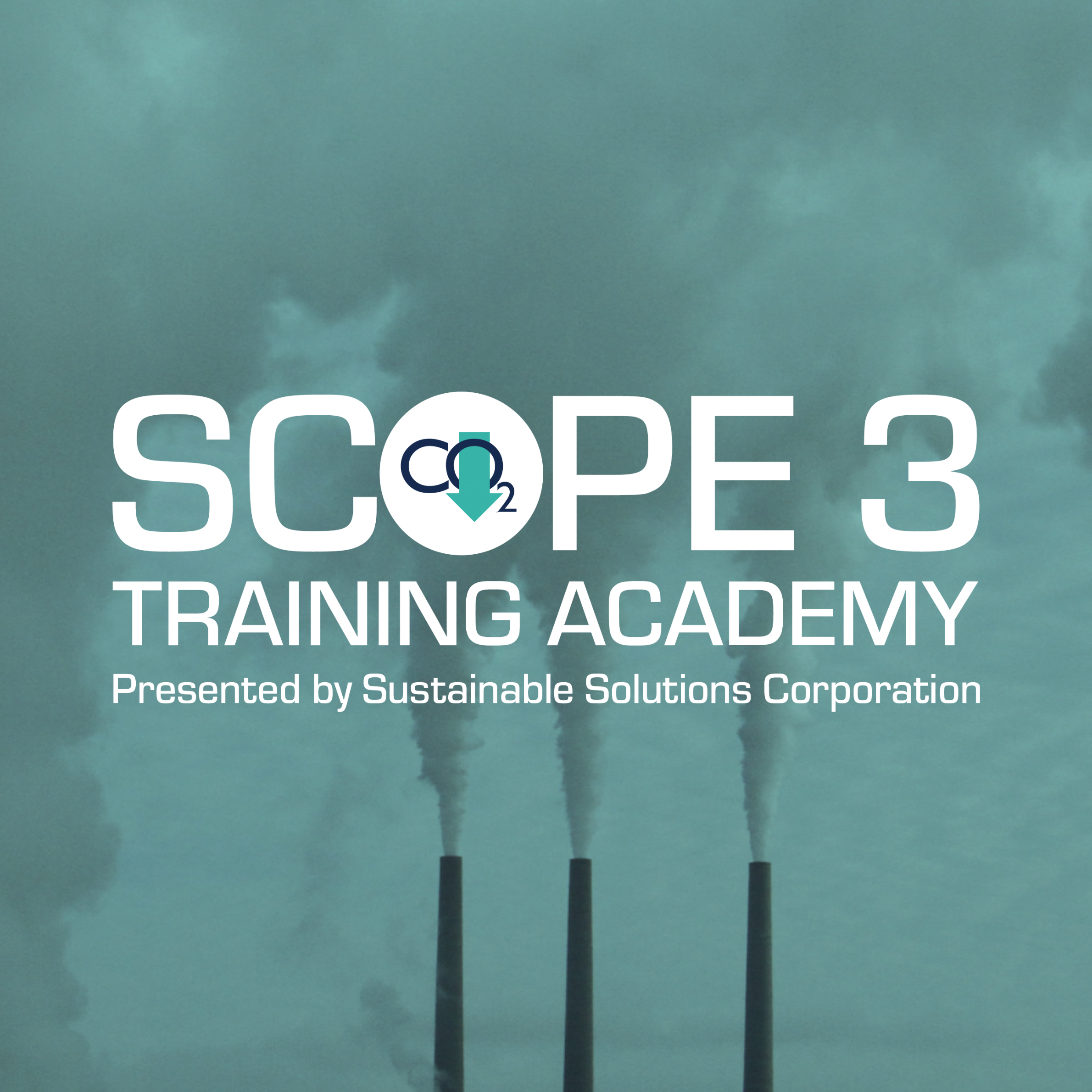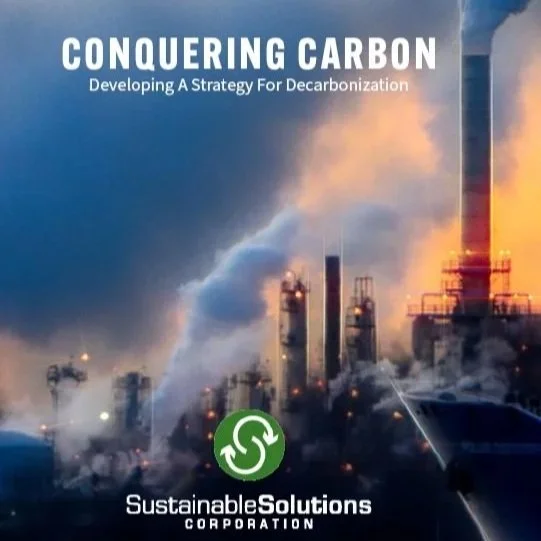A clear understanding of Scope 3 emissions is increasingly important for organizations seeking to manage risk, improve supply chain efficiency, and stay ahead of evolving stakeholder expectations.
While Scope 1 and Scope 2 emissions covers the fuels your company burns and energy your company buys, Scope 3 includes the often-overlooked, but typically largest share of emissions, that occur across the value chain — both upstream (from suppliers and purchased goods/services) and downstream (from product use, distribution, and disposal).
The information below offers a simplified overview of the 15 categories of Scope 3 emissions. For more detailed guidance, we recommend reviewing the Technical Guidance for Calculating Scope 3 Emissions from the Greenhouse Gas Protocol.
Upstream Scope 3 Emissions
Category 1: Purchased Goods & Services
Emissions related to the production of any products purchased or services acquired by your company in the reporting year.
Category 2: Capital Goods
Emissions related to the production of capital goods purchased or acquired by your company in the reporting year. Capital goods include equipment, machinery, buildings, facilities, and vehicles.
Category 3: Fuel & Energy-Related Activities
Emissions related to the production of fuels and energy purchased and consumed that aren’t accounted for in your Scope 1 and Scope 2 emissions calculations.
Category 4: Upstream Transportation & Distribution
Emissions related to the transportation of purchased goods from your suppliers to your company in vehicles not owned or operated by your company.
Category 5: Waste Generated in Operations
Emissions related to third-party disposal and treatment of both solid waste and/or wastewater from your company’s owned or controlled operations.
Category 6: Business Travel
Emissions related to transportation of employees for business-related activities. Accounts for vehicles that are owned or operated by a third-party such as passenger cars, aircraft, trains, and buses.
Category 7: Employee Commuting
Emissions related to the transportation of employees from their homes and workplace. Emissions from remote work can be included in this category as well.
Category 8: Upstream Leased Assets
Emissions related to the operation of leased assets, such as buildings, that are not included in your Scope 1 and Scope 2 emissions calculations.
Downstream Scope 3 Emissions
Category 9: Downstream Transportation & Distribution
Emissions related to transportation and distribution of sold products by vehicles and facilities not owned or controlled by your company.
Category 10: Processing of Sold Products
Emissions related to processing of sold intermediate products by third-parties. Intermediate products are products that require further processing, transformation, or inclusion in another product before use.
Category 11: Use of Sold Products
Emissions related to the use of goods and services sold by your company in the reporting year. Scope 3 emissions from the use of sold products include the Scope 1 and Scope 2 emissions of end users such as consumers and business customers.
Category 12: End-of-life Treatment of Sold Products
Emissions related to the end-of-life treatment/waste management of sold products by consumers. This category requires assumptions to be made about the type of end-of-life treatment by consumers (e.g. landfill, incineration, recycling, etc.)
Category 13: Downstream Leased Assets
Emissions related to the operation of assets that are owned by your company (acting as lessor) and leased to other entities in the reporting year that are not already included in your Scope 1 and Scope 2 emissions calculations.
Category 14: Franchises
Emissions related to the operation of franchises not included in your Scope 1 and Scope 2 emissions calculations.
Category 15: Investments
Emissions related to your company’s investments in the reporting year. This category is designed primarily for private financial institutions but can also be relevant to public financial institutions.
Where Do You Stand on Scope 3?
Understanding the 15 categories of Scope 3 emissions is a critical step in developing a comprehensive Scope 3 inventory and identifying where meaningful reductions can occur across your value chain.
At Sustainable Solutions Corporation (SSC), we help companies complete detailed and focused Scope 3 inventories that include refined calculation methods, and cultivate collaborative supplier engagement programs through tailored training.
Not sure where to start? Take our 6-question assessment: Is My Company Ready for Scope 3 Emissions Measurement, Reporting, & Reduction? It’s a fast, effective way to see where you stand—and what it takes to move forward.
Meet the Expert
Tad Radzinski,
PE, SEP, LEED AP, SFP
Co-Founder & President
Tad Radzinski is a recognized sustainability expert and former EPA Waste Minimization National Expert with over 30 years of experience advising Fortune 500 companies. He is Co-founder and President of Sustainable Solutions Corporation, providing decarbonization consulting and training across industries, and Co-founder of GreenCircle Certified, which verifies sustainability claims for top brands like P&G, 3M, and Amazon.
Tad co-hosts the Tad Talks Sustainability podcast, simplifying complex topics and featuring major companies. He also helped develop Villanova University’s MS in Sustainable Engineering and taught there for 18 years, covering Life Cycle Assessment and Sustainable Buildings and Operations.
Related Insights
In this episode of Tad Talks Sustainability, Tad explains what Scope 3 emissions are, how a company can start to understand them, and how companies can reduce their Scope 3 emissions.
>> LISTEN HERE
SSC’s hands-on, expert-led program that helps companies and their suppliers understand value chain emissions through clear, engaging training—built to simplify complex topics and support all learning styles.
>> LEARN MORE
This white paper explores why operational carbon matters, how to build a decarbonization roadmap, and how to drive measurable impact with Sustainability Action Plans.
>> READ MORE







